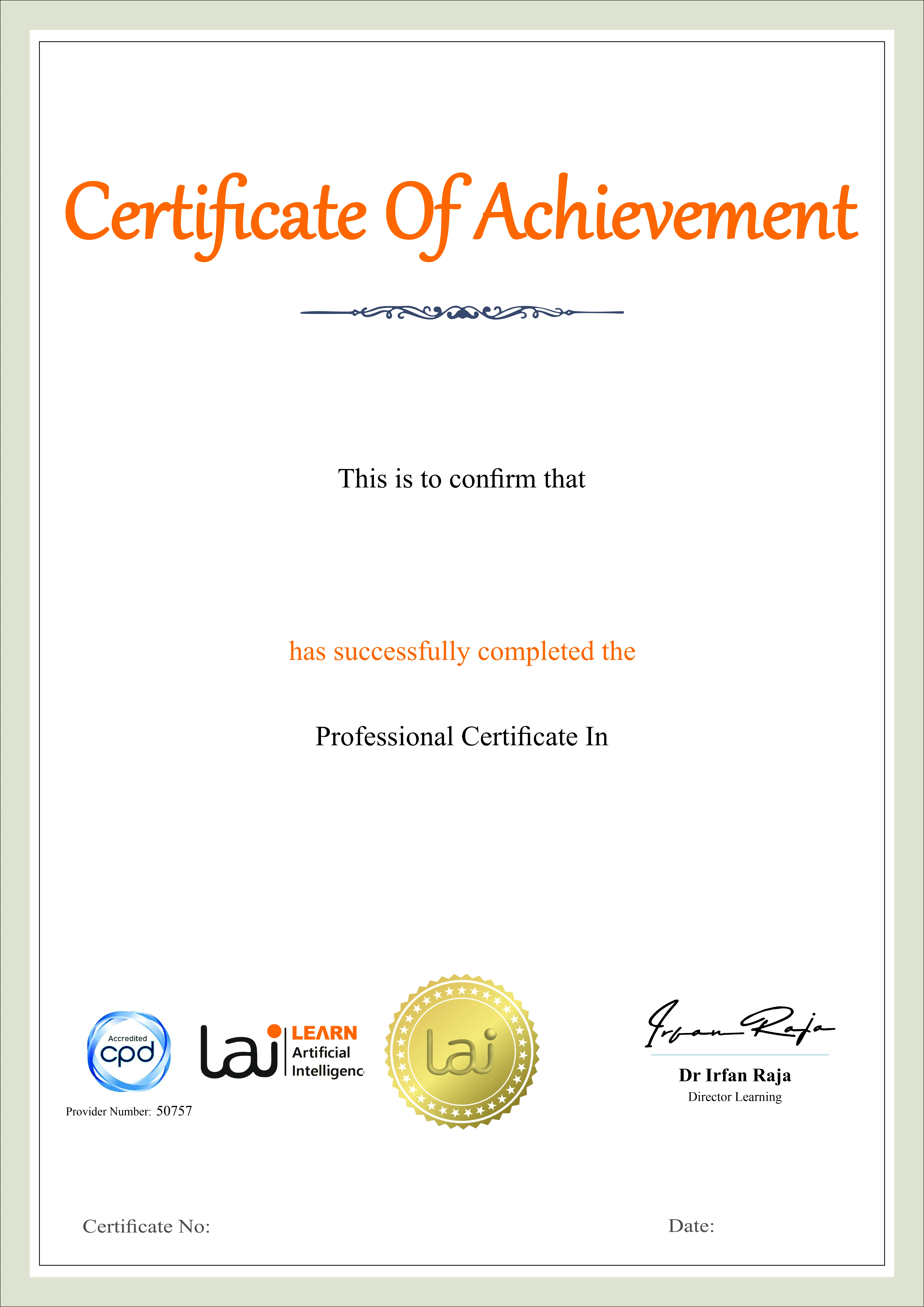The PyTorch Fundamentals course is designed to provide a comprehensive introduction to deep learning using PyTorch.
PyTorch Fundamentals
The PyTorch Fundamentals course is designed to provide a comprehensive introduction to deep learning using PyTorch. PyTorch is an open-source deep learning framework that offers flexibility, ease of use, and dynamic computation graphs, making it a popular choice among researchers and developers. If you've ever wondered what is PyTorch and how it is used in AI applications, this course will guide you through its fundamentals and practical applications.
This course takes a hands-on approach, helping learners build a strong foundation in PyTorch while working on real-world machine learning tasks. You will explore essential PyTorch concepts, including tensors, automatic differentiation, neural network construction, model training, and advanced techniques like Convolutional and Recurrent Neural Networks. By the end of this course, you will have the skills to build, train, and deploy deep learning models using PyTorch.
This course is ideal for beginners looking to get started with deep learning using PyTorch. It is suitable for data scientists, machine learning enthusiasts, and software developers aiming to integrate AI capabilities into applications. Students and researchers who want to understand what is PyTorch and how to use it for neural network development will also find this course beneficial. While prior knowledge of Python is recommended, no experience with PyTorch is required, making it accessible for beginners.
Understand the basics of deep learning and the significance of PyTorch in AI applications.
Work with PyTorch tensors and perform mathematical operations.
Build neural networks using PyTorch’s built-in modules.
Implement loss functions and optimizers for model training.
Train and evaluate deep learning models using PyTorch.
Explore advanced deep learning architectures like CNNs and RNNs.
Utilize transfer learning techniques to improve model performance.
Arrange trained PyTorch models in real-world applications.
-
Explore deep learning fundamentals, the importance of PyTorch, and how it compares to other deep learning frameworks.
-
Learn about PyTorch tensors, their operations, and how automatic differentiation works to optimize model training.
-
Understand PyTorch’s neural network module and how to construct deep learning models using it.
-
Discover different loss functions, optimization algorithms, and techniques to improve model training.
-
Learn how to train models, handle overfitting, and fine-tune hyperparameters for better performance.
-
Dive into CNNs and their applications in image processing and computer vision tasks.
-
Explore sequential data processing with RNNs and LSTMs for natural language processing and time-series analysis.
-
Learn how to leverage pre-trained models, save and load models, and deploy trained models in real-world applications.
Earn a Professional Certificate
Earn a certificate of completion issued by Learn Artificial Intelligence (LAI), accredited by the CPD Standards Office and recognised for supporting personal and professional development.

Key Aspects of Course

CPD Accredited
Earn CPD points to enhance your profile

Free Course
This course is free to study

Self-Paced
No time limits or deadlines

Flexible & 24/7 Access
Learn anytime , anywhere

Build in demand job skills
Get job ready

Updated AI Skills
Stay current with AI advancement

Global Learning
Accessible Worldwide

Premium Materials
High-quality resources

Employer Approved
Boost your career prospects



